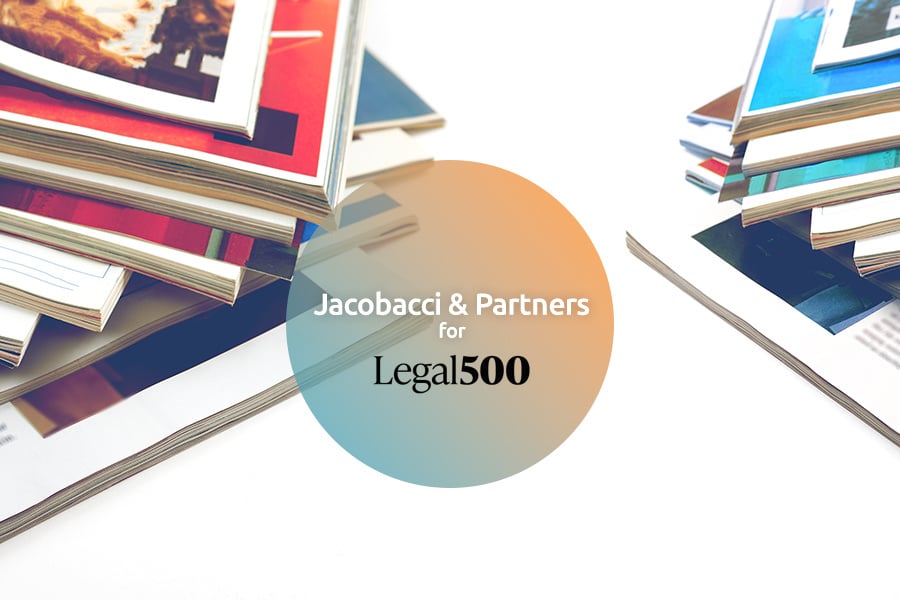Athleisure: how big brands capitalise on sport
According to a study by The Insight Partners, the sportswear market will grow from USD 411.02 billion in 2021 to USD 793.46 billion by 2028, globally. The media resonance of sporting events influences the purchasing choices of a significant segment of consumers. For this reason, sponsors pay close attention to how their brand is presented to the public. For a sponsorship to be profitable, it needs to be supported by an effective brand protection strategy.
Athleisure: a promising market
Athleisure is the name of a recent fashion trend that elevates sportswear from a garment for gymnastics to clothing for social and recreational occasions of various kinds. The cut is sporty and the materials are those designed for the gym, but athleisure garments have a different purpose, namely that of leisure or work (with the help of more formal adaptations).
In 2020, North America led the global athleisure segment and this region is expected to hold firmly in first place during the forecast period (i.e. until 2028). It is followed, in second place, by Asia Pacific, which - according to projections by The Insight Partners - will achieve 38% of the global sports footwear market growth from 2020 to 2025.
Increasing consumer focus on fitness
The control of the body and the desire to live an active and healthy lifestyle motivate consumers - particularly those between the ages of 16 and 30 - to include sports and fitness activities in their daily routine. This leads to a change in the dynamics of the fashion market, which is driven towards the demand for athleisure products.
It is therefore expected that the athleisure industry will expand further in the coming years, spurred on by the steady increase in the number of sports centres and gym clothes shops.
The profile of growth
The athleisure market can be divided into upper-wear (or top-wear), lower-wear (or bottom-wear) and footwear (or shoes).
In the coming years, the highest growth rate is expected for sports shoes, which are popular for both exercise and leisure. Some shoes, while maintaining a typically sporty and informal appearance, are designed specifically for recreational use, while others are developed for a specific sports discipline and designed to enhance athletes' performance in certain aspects of their routine.
Women's clothing is predicted to make the biggest leap, thanks to the increasing involvement of women in sports and fitness. This phenomenon is apparently stimulated by sponsorships and social marketing activities, which increasingly involve female celebrities and influencers.
Sponsorship marketing
Sports clothing and equipment manufacturers are ever-present in sports events: both as technical sponsors and as event sponsors. The universal appeal of sport - conveyed by the sense of community and the passion of the fans - make sports events unmissable marketing platforms.
A manufacturing company can become the technical sponsor of a sports club, thus assuming the commitment to provide the uniform and athletic kits for players and staff. In return, its brand will appear in the media when players are filmed by cameras or photographed. The sponsoring company, however, needs considerable resources to undertake a technical sponsorship: on the other hand, the competitive advantage from advertising grows exponentially in relation to the investment.
In contrast, a commercial sponsor is a company who acts as a patron of a sports club and does not normally produce sports goods. To clarify: in football teams, the commercial sponsor is the one who places his brand name in the middle of the shirt and the technical sponsor the one who produces the shirt.
For obvious reasons, the technical sponsor is responsible for enhancing the potential of the athletes through the value and the technology incorporated in its products. The competitive success or failure of the players and the team will confirm or deny the quality of the products worn and indirectly of the technical sponsor.
Intellectual Property in sport
Sport also creates economic value through the exploitation of the intellectual property rights of companies operating in the sector. For instance, we could mention the audiovisual rights of sports broadcasts (broadcasting rights) and of trademarks, the use of which is regularised by sponsorship and merchandising contracts.
Under the sponsorship contract, the sponsoring body pays athletes and/or their sports club a monetary contribution to ensure their participation in several sporting events, during which the sponsors lend themselves, directly or indirectly (depending on the type of collaboration), to the promotion of the sponsor's products or services.
Merchandising, on the other hand, is an economic operation based on brand licensing agreements. These are usually brands with a certain attractiveness, i.e. with a national or international reputation, built up over time by the owner. With merchandising, the brand is placed on product categories other than those typically marketed by the brand owner - in particular, gadgets such as key rings, pens, notebooks, watches, bags, etc. - which are sold due to the commercial appeal and reputation of the brand.
Normally, licensors are not involved in the creation of products by licensees: it is, however, in their interest to supervise the progress of their licensing projects and compliance with the agreements to protect the reputation of their brand. For this, there may be clauses that, in addition to the quality of the raw materials used and the final products, also determine social and environmental safety standards, as well as the treatment of workers in the production plants.
Textile and fashion manufacturers who are considering expanding into the athleisure segment and promoting their brand in the context of sporting events, must remember to prepare a solid brand protection strategy, which cannot be separated from its registration before the competent authorities.





